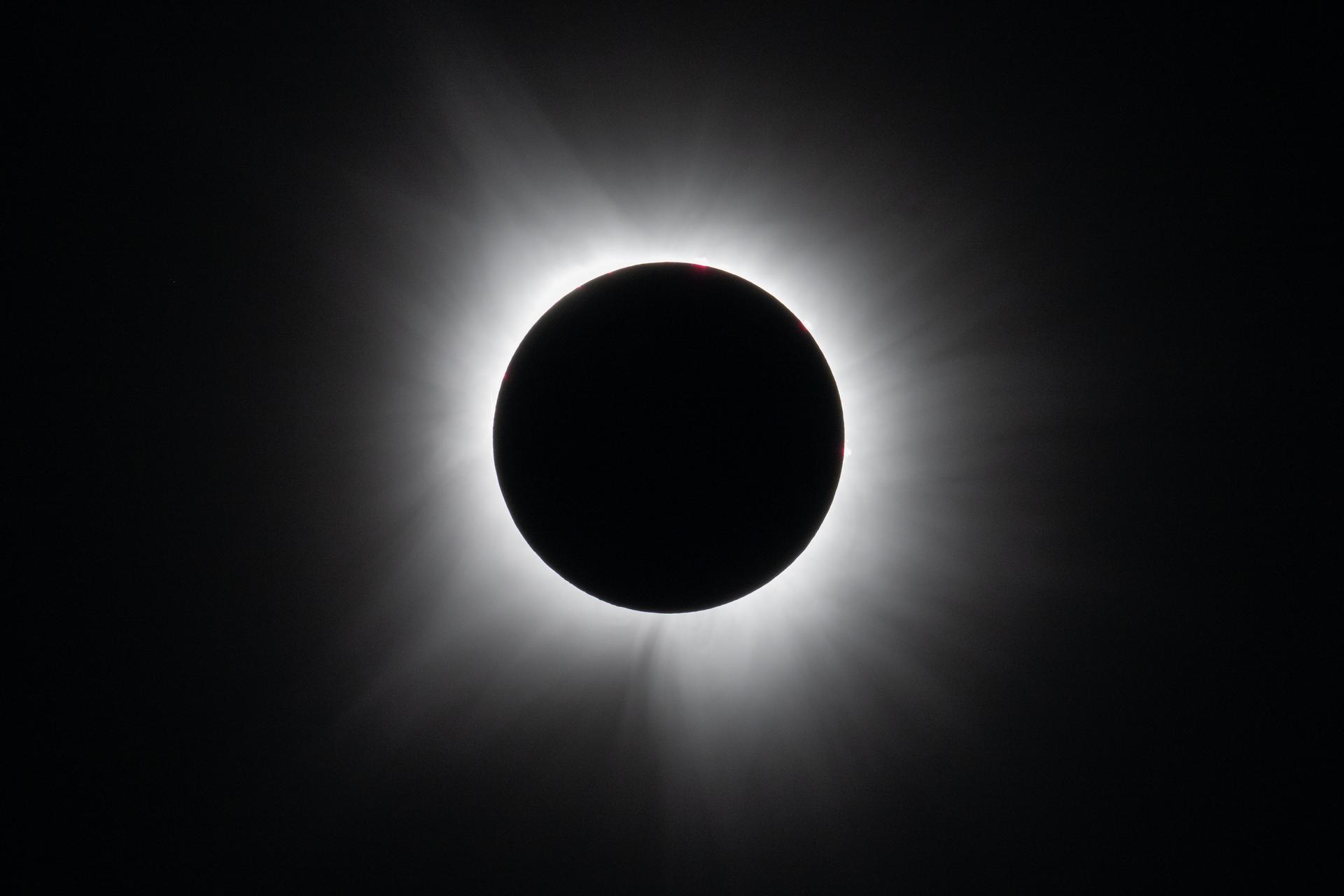2 min read

The Disk Detective project invites you to help search for disks of gas and dust around nearby stars, places where exoplanets form and dwell. This project entered a new phase last week—Disk Detective 2.1—posting a new batch of data you can help analyze. The latest data are thousands of images of nearby stars, targeting young star-forming regions and providing a better view of extreme disks in the Galactic plane.
“I’ve been waiting for weeks for this new data,” said Citizen scientist Alisha Jamal, a 9th grader from the United Arab Emirates. “I’m thrilled for what this new batch is going to uncover about the universe. I hope it wins us some JWST time!”
The Disk Detective project has made several significant discoveries already, including the “Peter Pan” disk phenomenon. Peter Pan disks retain their gas 2 to 10 times longer than other disks. The newly posted data—focused on stars that are brighter than expected at a wavelength of 12 microns—should help locate more of those long-lived Peter Pan disks.
Tens of thousands of volunteers have contributed to Disk Detective, and more than 14 Disk Detectives have co-authored refereed scientific publications so far. Several citizen scientists also took part in designing the new Disk Detective website! To join in the search, go to diskdetective.org.
NASA’s Citizen Science Program:
Learn about NASA citizen science projects
Follow on Twitter
Follow on Facebook







